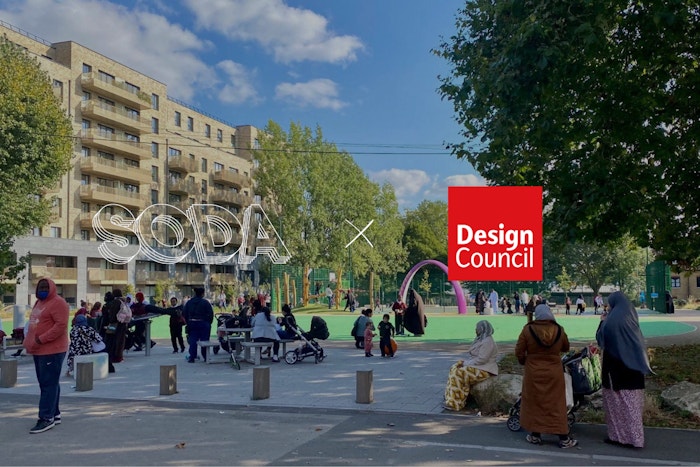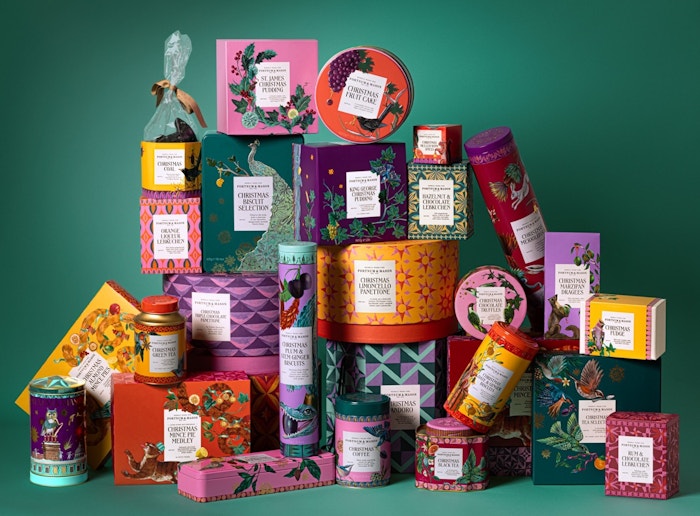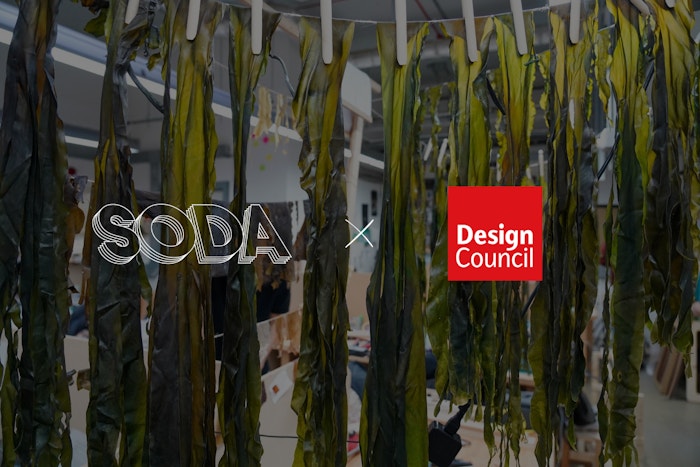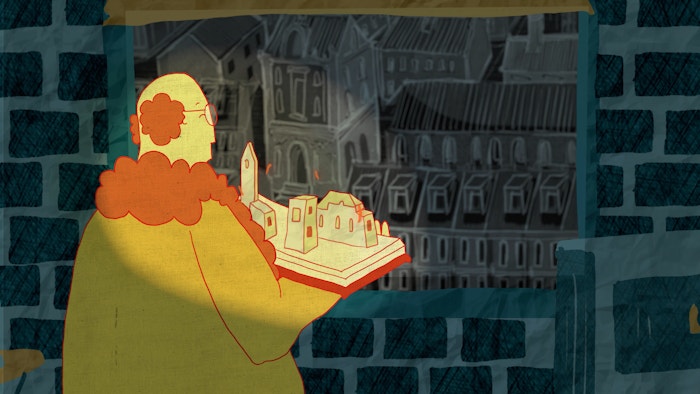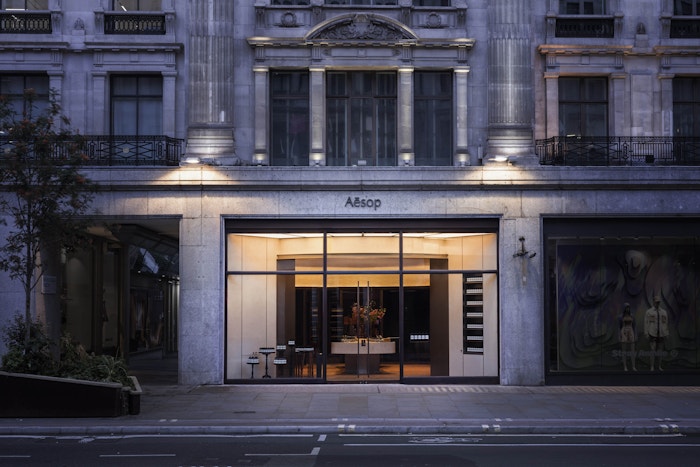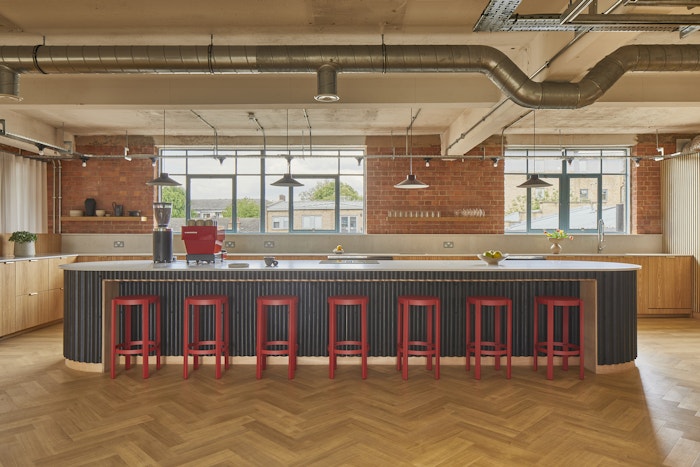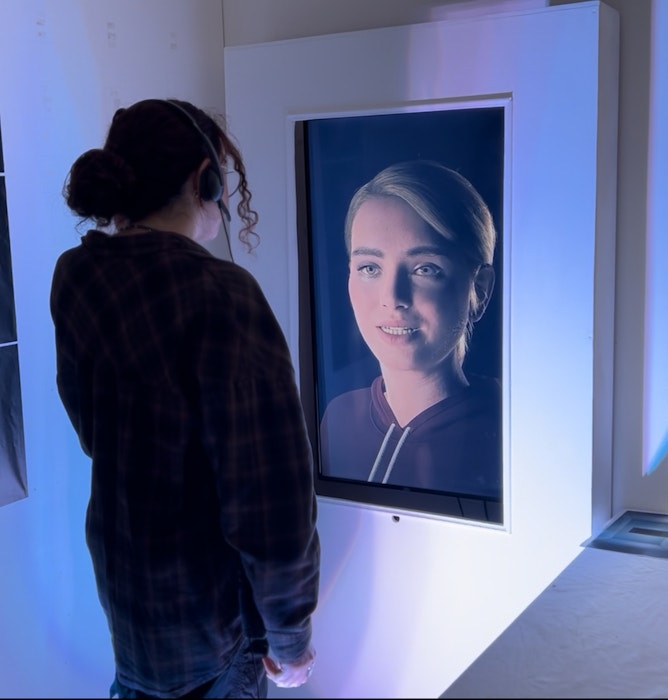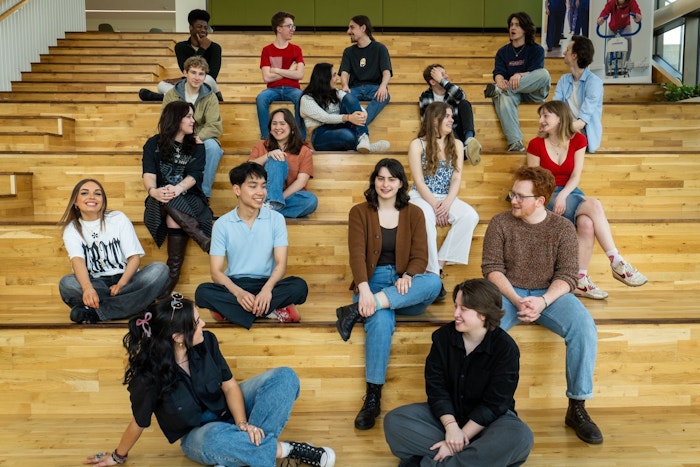
14 Oct 2020
The Value of Public Art
Outside public spaces have taken on an entirely new meaning since the start of the coronavirus pandemic. As social distancing regulations are enforced, the ability to gather in numbers in indoor spaces has been restricted and, in the arts and design world, museums and galleries have been no exception.
Public art, therefore, has received perhaps more exposure than ever before in recent months. With this, public art pieces have taken on more responsibility than ever, not only in fulfilling the creative void for the cultural consumer but also as an avenue of giving back to local communities during turbulent times.
To celebrate this fact, SODA highlights some of London’s best examples of public art for good.

CIRCA.ART - Ai Weiwei
A new online site dedicated to digital art, CIRCA, launches on the 1st October on the billboards of Piccadilly Circus. Every evening from the 1st October at 8:20 pm Europe’s largest billboard will dedicate two minutes to reflect on 2020 through art. Each month a new artist will occupy the digital space to consider 2020 through their eyes.
CIRCA is also launching a new online platform CIRCA.ART which will work alongside the billboards to screen the art to an online audience in real time. As well as streaming the art to an audience in front of their phone or computer screens the site can also be used by those in Piccadilly offering an audio recording to accompany the digital screen for a full immersive experience. The website will be raising much-needed funds for charities through selling limited-edition art which will support the UK arts and cultures sector during the pandemic.
Up first is Ai Weiwei who will use his two minutes for a 60-minute film that “begins from the year [he] was born through to the current unceasing pandemic threatening the human condition globally”.

Leyton Highstreet
In London’s northeast, residents of the Leyton neighbourhood have come together via crowdfunding to commission renowned street artist Camille Walala to give their Victorian high street an eye-catching makeover.
The final design – which was voted on by the locals – encapsulates Walala’s signature radiant style and is one of her largest public art pieces to date, stretching across the façade of eight buildings. The hope is that the mural will aid Leyton’s reinvigoration by encouraging locals to invest in and repair their properties in the previously neglected high street.
Based on this, the project was supported with an additional £25,000 contribution from London mayor Sadiq Khan. Furthermore, the paint used for the project was entirely sourced from either the surrounding Leyton area to support local businesses, or from Forest Recycling Project – an organisation who sell unused pots which would otherwise go to landfill to charities and young artists at a discounted price.
Meanwhile, Walala’s vibrant design aims to acknowledge and give expression to Leyton’s diverse immigrant population alongside the many young creatives who reside there.

‘Crocodylius Philodendrus’ by Nancy Rubins
Aside from the striking architectural structures that loom over the streets, the city of London is probably not the first place people think of when it comes to public art. Well 'Sculpture in the City', back for its ninth year running, aims to change this misconception using the local urban landscape as a rotating gallery for 19 imaginative outdoor artworks.
Hidden in-between office buildings, popped up outside stations and sat atop bridges, these works aim to diversify the scenery of an often stiff and dreary landscape. As well as presenting a visual feast, the works this year look to address a range of interesting and meaningful topics with everything from cultural gentrification, exploitation of bodies through conflict and the incongruous relationships we share with the natural world all on the agenda.
Highlights include ‘Crocodylius Philodendrus’ by Nancy Rubins, an oversized sculpture made up of animal forms that explode into space in different directions, Patrick Tuttofuoco’s ‘The Source’, a neon sculpture of the artist’s hands demonstrating sign language, and Jyll Bradley’s ‘Dutch/Light’, a pavilion activated by light that features two colours – green for the UK and orange for the Netherlands – that act together as an indeterminate liquid flag.
Sculpture in the City will be running until autumn 2020 and is available to view at sites across the Square Mile.

The Molasses Gallery Billboard
As communities across the world take to the streets to show support for the Black Lives Matter movement, art focusing on black identities has taken a similar route. The Molasses Gallery, named after an iconic symbol of black culture, is a three-month open air exhibition occupying billboards across some of London’s most diverse neighbourhoods. Spread across Hackney, Camberwell, Camden and Shepherd’s bush, the artworks appeared on the street overnight and unannounced in an (authorised) seizure of public space. The ultimate declaration of existence and resistance.
The artworks featured include pieces by both emerging and established artists of African and Caribbean heritage. Spanning multiple mediums - painting, photography, illustration, graphic design - the exhibition demonstrates the breadth and depth of black artistic power. By occupying public space, the initiative seeks to create a community of black artists for the entire population of London to enjoy, no matter your background. Shattering the barriers created by paid-for exhibitions, the public display explores a more democratic means of representation and community.
- Words by The SODA team









